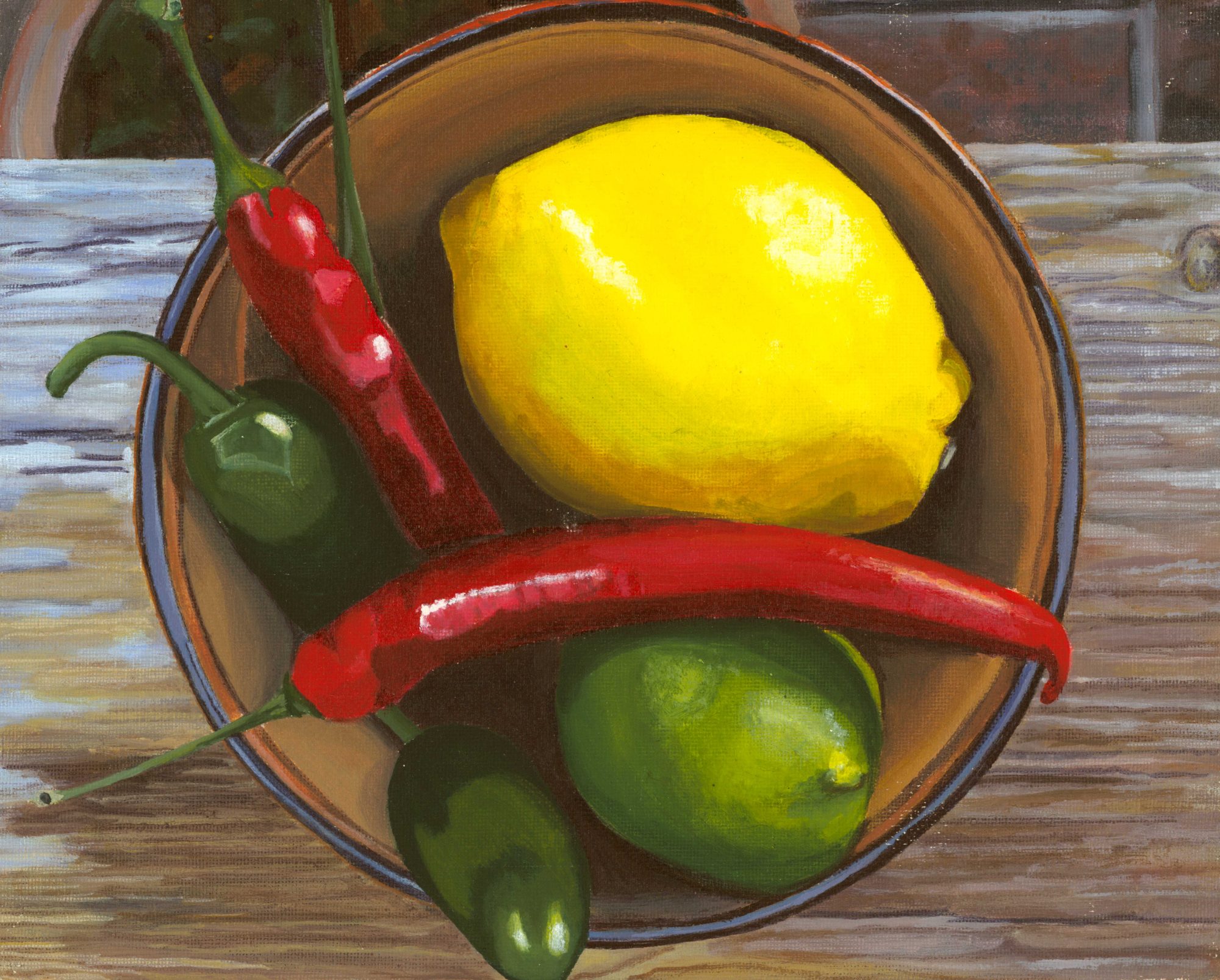As a child, I was a voracious reader, and demand often outstripped supply. Once the ration of library books (only three at a time, barely half a week’s worth), the school reading book and the small hoard of birthday books was exhausted, I would move on to anything else. Pretty much anything at all: local paper, cook books, comics, encyclopedias, women’s’ magazines and car manuals. On particularly slow afternoons, the phone book. By ten I had a sophisticated vocabulary, and a bunch of strange ideas.
The school library – a couple of shelves along a corridor – helped a bit but was mostly books I had long since read or had no interest in. In the last year of middle school one of my teachers, new to the job and still enthusiastic, brought me in their own books to read.
Such a strange batch of books I read that summer. I don’t know how they decided which books to offer me; what the thinking was. Daniel Defoe’s Diary of the Plague Years, some Samuel Pepys. Reams of Thomas Hardy, prosy misogyny thinly disguised as moral improvement, which I didn’t much care for even then. George Eliot (slightly better, still quite a lot of moralising). John Wyndham sci-fi . Mervyn Peake’s Gormenghast trilogy, which swept through my imagination like a strange fever dream, leaving confused impressions of rooftops and the description of a bright green cake, and very little else.
A comic book (no one said graphic novel, then) looked like a bit of light relief; and since I had already read one of Raymond Briggs’ other books, Fungus the Bogeyman, and enjoyed the puns and gross-out humour, I picked When the Wind Blows out of the pile with enthusiasm, not realising I was in for one of the most harrowing half-hours of my life.
It is the story of a devoted couple in late middle age living in the aftermath of a nuclear strike, following the threadbare advice of a government pamphlet. They stay where they are, do what they are told and hope for the best – and inevitably, none of of this protects them from radiation poisoning. In thirty or forty pages of illustration and a few hundred words, , it shows you what it means to be collateral damage in a way that makes zombie apocalypse epics look like high Victorian melodrama. The sinking feeling that it’s not going to be OK is one I clearly remember all these years later, though I have never read it again.
It was a product of its time – nuclear attack drills at school, anyone? – and many things, although perhaps not enough, are different now. It is a powerful and well-made work, and founded on good intentions, to promote peace and understanding. If you’ve not read it before, maybe don’t try it right now (and as bedtime stories go, it’s a no), but if you read it once, you’ll never forget it.
